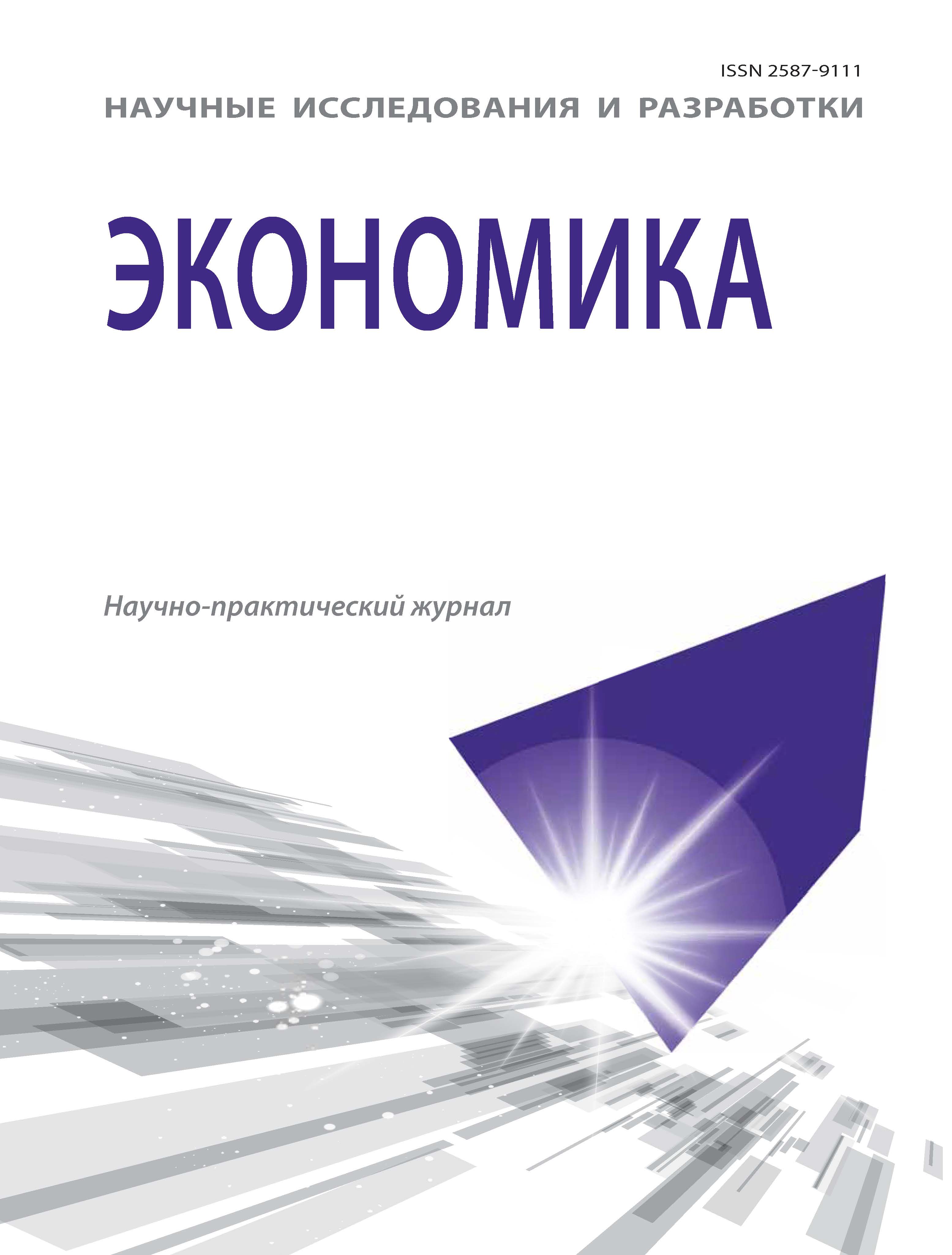Tula, Tula, Russian Federation
This work is devoted to an attempt to quantitatively assess the influence of traditional and human capital, embodied in labor, on the profit of enterprises in the economy of modern Russia. To assess the impact of human capital on profit, data on the monthly wage fund in the regions of the country was used, which was considered as an indicator of the cost of human capital. Based on Rosstat data on the profits of regional enterprises, data on the average monthly wage of employees of organizations, the number of employed workers in the regions, data on the value of fixed assets of enterprises for 2010, 2015, 2019, 2020 and 2021, linear regression models were obtained. The models showed the dependence of the profits of regional enterprises on the size of the average monthly wage fund in the regions and on the value of fixed assets. The characteristics of the resulting models indicate that the wage fund and the cost of fixed assets have a significant and equal impact on the profits of enterprises. The equivalence of the influence of capital and human capital on profit assumes that the equilibrium is an equal distribution of income between labor and capital. income distribution. Currently, in the economy, the distribution of income is not in equilibrium, since capital income predominates.
capital, human capital, labor, profit, income distribution, regression models
1. Sobolev E.N. Oplata truda v sisteme social'no-trudovyh otnoshenij: stereotipy i rossijskie realii: Nauchnyj doklad [Wages in the system of social and labor relations: stereotypes and Russian realities: Scientific report]. M.: Institute of Economics RAS, 2017. 50 p. (In Russian). EDN: https://elibrary.ru/XQMPGP
2. Sobolev E.N. Oplata truda v rossijskoj ekonomike: tendencii i problemy {Wages in the Russian economy: trends and problems]. Vestnik IE RAS. No. 5. 2018. S. 79-96. (In Russian). DOI: https://doi.org/10.24411/2073-6487-2018-00006; EDN: https://elibrary.ru/YLZLAT
3. Lukichyov P.M. Pochemu real'naya zarabotnaya plata v SSHA ne rosla? [Why haven't real wages increased in the US?]. Voprosy teoreticheskoj ekonomiki. 2020. № 4. S. 7-18. (In Russian).
4. Klavdienko V.P. Cifrovizaciya ekonomiki i raspredelenie pervichnyh dohodov mezhdu trudom i kapitalom [Digitalization of the economy and distribution of pri-mary income between labor and capital]. Innovacii, 2020. №5. S. 20-26. (In Rus-sian). DOI: https://doi.org/10.26310/2071-3010.2020.259.5.004; EDN: https://elibrary.ru/QWKWME
5. Knoblach, M., Roessler, M., and Zwerschke, P. The elasticity of substitution be-tween capital and labour in the US economy: A meta regression analysis. Oxf. Bull. Econ. Stat. 2020, 82 (1), 62–82. doi:https://doi.org/10.1111/obes.12312
6. Nie, H., and Yue, X. Re-Discussion on the rationality of high income of monopoly industries: Evidence from the employer-employee matched data. China Financ. Econ. Rev. 2017, 5 (1), 10–22. doi:https://doi.org/10.1186/s40589-017-0056-0 EDN: https://elibrary.ru/HQUJZK
7. Leontief W. Essays in Economics: Theories, Theorizing, Facts, and Policies Paper-back. – Transaction Publishers, 1985. 423 p.
8. Basovskiy L.E., Basovskaya E.N. Postindustrial'nye uklady v jekonomike Rossii [Post-industrial structures in the economy of Russia]. M.: INFRA-M Publ. 2017. 159 p. (In Russian).
9. North D.C. Institutions, Institutional Change and Economic Performance. Cam-bridge University Press, 1990. 180 p.
10. Basovskiy L.E., Basovskaya E.N. Razvitie v Rossii jekonomki neravenstva [Devel-opment in the Russian housekeeper inequality]. Zhurnal jekonomicheskoj teorii. 2011. No. 4. P. 198–202. (in Russian) EDN: https://elibrary.ru/OOYIZJ






